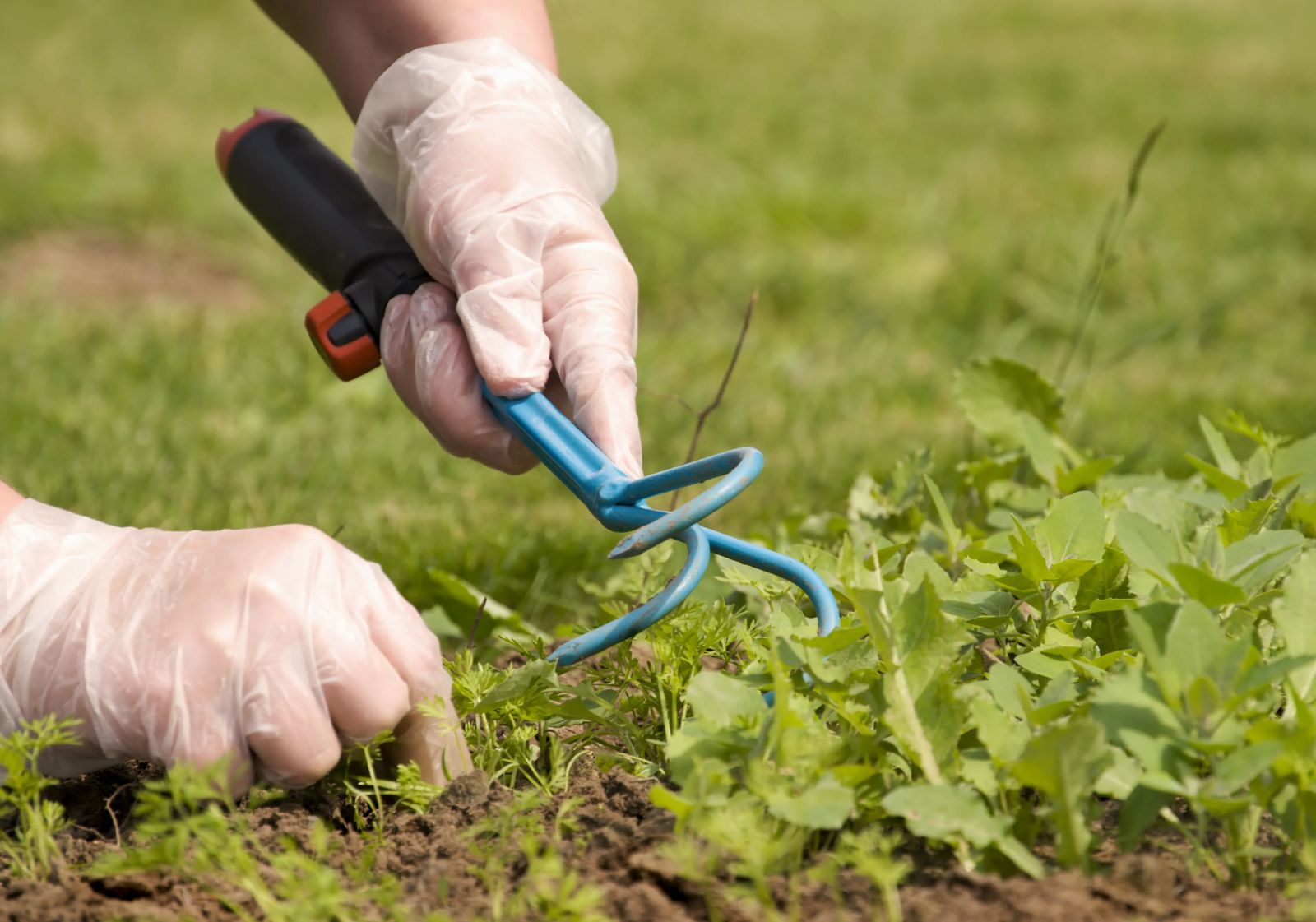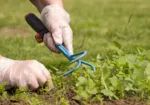
Kitchen Garden Primer series ... Easy-Peasy Garden Building!

Forget the tiller… loud and violent, belching gasoline smoke and pollution while you wrestle your planned garden spot into submission. Wrenched muscles and headaches. There is a much better way! Or, as Garden Nerds like to call it, a Mulch better way. J
My favorite garden-bed-building method is referred to as the Lasagna garden. This does not imply that we are growing tomatoes, basil, oregano, wheat and Parmesan cheese (at least not all of those). It refers to the building method itself. Lasagna gardening involves the layering of compost materials to form a new bed right on top of existing soil, or even sod! Because the soil below is being radically improved by the layers above, you can start your new garden on just about any existing dirt or grass spot – providing of course that you have already been through the “Four S’s” of garden site choice (see our previous blog for information on size, sun, slope, and soil).
The bed is built by layering several different layers of organic material. The choice of whether or not to remove existing sod (grass and roots) is entirely up to you… it will help kick-start your garden if you do, but, it is also more labor-intensive to slice off that top section. If you are willing to let nature help, it is unnecessary to remove the sod and the decaying/composting grass will actually add another layer to the end result.
We first lay down several sheets thickness of newspaper. Avoid the glossy printed circulars and stick with the actual news. It may be helpful to wet these down in a large bucket immediately prior to laying them out if the day is windy. The actual number of sheets is up to you, and really doesn’t affect things too greatly. I’ve gone with as few as 3 or 4 and as many as a dozen; it just depends on what you have available! If you are putting in your new garden on top of sod, use around 10 layers of newspaper, or a layer of cardboard. Great way to recycle!
Next we begin the spreading out the good stuff. Depending on where you stand with the concern about peat moss and sustainability, you can choose either peat moss or another mulch. Considering that here in Montana, we are fairly close to Canada and a great source of peat, and according to the Extension Service of Vermont, “Of the peat in Canada, only about 0.02 percent is harvested yearly, or about one million tons. At the same time, an estimated 70 million tons of peat is being created by nature each year there.” Personally I’m OK with peat.
Regardless, there are options. I believe it is in our best interest to use as many “locally sourced, found or created” options as possible in every area of life, definitely to include gardens. Some of these can include herbivore animal manures, kitchen compost, untreated grass clippings, straw, chopped leaves, peat moss, sawdust from untreated wood, wood ashes, apple pumice, spoiled hay, shredded newspaper, and for the top layer, wood chips.
Note that when I say “wood chips”, I do not mean “bark nuggets”. I mean literal wood chips from whole trees or branches (including leaves) that have been through a chipper-shredder or tub grinder, and reduced to a variety of sizes and a mixture of colors.
On top of your damp newspaper bottom layer, begin spreading out your alternating “brown or green” layers.
- “Green” choices are high in nitrogen, and can include materials not yet composted:
- Untreated grass clippings (grass that has NOT been treated with “weed and feed” type fertilizers)
- Animal manure (rabbit, chicken, cow, sheep, goat, etc)
- Kitchen scraps
- Apple pumice
- “Brown” choices are high in carbons, you can use up to four times the amount of green choices, and can include materials such as:
- Peat moss
- Shredded leaves (running the lawnmower over them works great!)
- Spoiled hay (ask your friendly farmer/rancher)
- Straw (the hollow stems of wheat)
- Barn litter (animal manure plus wood shavings mixed)
You will end up with a new garden bed about 18-24” high. If you are building this in the Fall, you can now let your garden mature overwinter. However, if you are building this in the Spring to plant in, you might consider “baking your lasagna” garden.
Local big-box stores sell very inexpensive rolls of perforated “weed blocker” fabric in the garden section. I have personally found this fabric to be about as effective and long-lasting as a weed blocker, as a toy from the dollar store in the hands of a 4 year old boy; however, it makes a great cover to bake in your garden. Unroll it over the top of your new garden, staking it down with stones, or the wire staples they sell nearby if you first double the edge over and possibly reinforce it with duct tape to prevent it from ripping away in the first wind gust. Cover your new bed with the black fabric well-secured, and sit back to let it bake for the next two or three weeks. It will quickly start a quiet compost process, warm up the soil beneath it, reduce a bit in size, and build some lovely soil!
Whether you chose to let your new bed bake in or not, you can actually get started planting in it right away. Dig a hole by separating layers back with your hands, set the plant in the hole, add finished compost or potting soil around the roots, and gently restore the layers around your seedling.
There is a wonderful book published by Rodale Press entitled “Lasagna Gardening” by Patricia Lanza, that details this method. Our Parmly Billings Library carries copies of the book, or they are available at bookstores or Amazon.
Next up: Mulch Rules, Bare Dirt Drools! Mulching for fertilization, water retention, and weed virtual elimination
